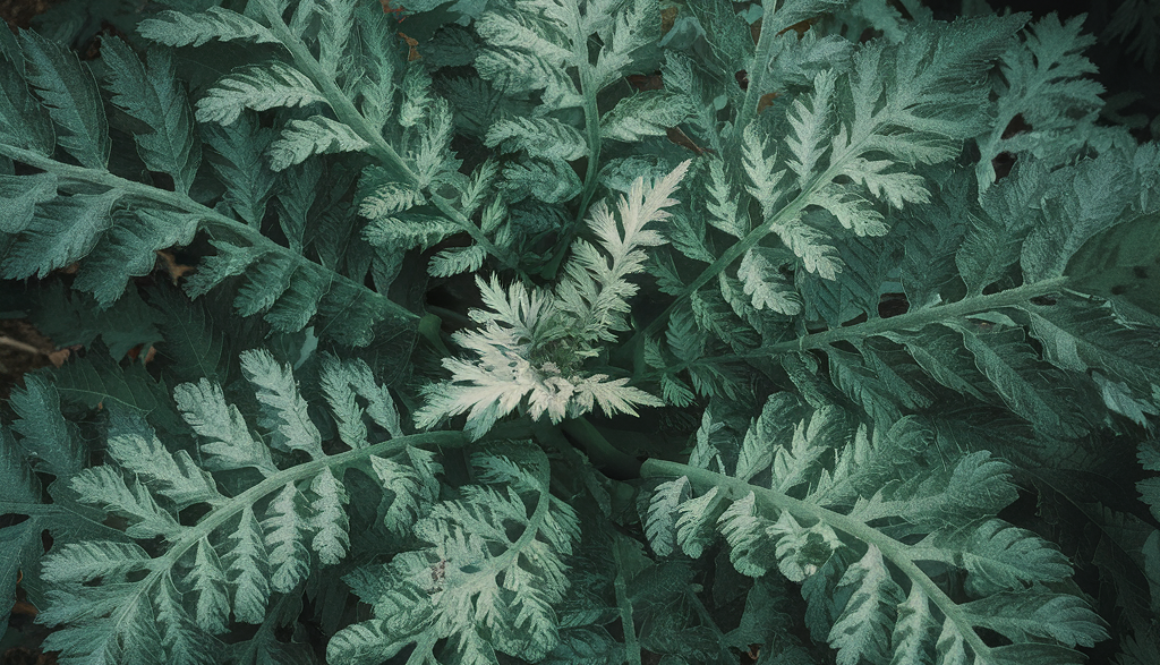Henna
Henna, scientifically known as Lawsonia inermis, is a flowering plant native to the tropical regions of Africa, Asia, and the Middle East. Renowned for its natural dyeing properties, henna has been used for centuries in various cultural and religious traditions for body art, hair coloring, and textile dyeing. The plant is highly valued for its vibrant and long-lasting color, as well as its medicinal properties.
Part Used: The leaves of the henna plant are the primary part used for their dyeing properties. These leaves are harvested, dried, and ground into a fine powder. This powder is then mixed with water or other liquids to create a paste that releases the dye. The flowers, bark, and seeds of the henna plant also have medicinal uses, but they are less commonly utilized compared to the leaves.
Usage: Henna is widely used for body art, particularly in the form of intricate designs applied to the hands and feet during cultural ceremonies and celebrations, such as weddings and festivals. It is also a popular natural alternative for hair coloring and conditioning, providing a reddish-brown hue that strengthens and protects the hair. Additionally, henna has medicinal applications; it is used in traditional medicine to treat skin conditions, wounds, and as an anti-inflammatory agent. The cooling properties of henna make it beneficial in soothing headaches and fevers.
Agrotechniques: Henna cultivation requires a hot, arid climate with well-drained, sandy soil. The plant thrives in regions with temperatures ranging from 35-45°C (95-113°F). Henna can be propagated through seeds or cuttings. Planting is typically done during the warm season to ensure adequate growth. The plants require minimal water once established, making them well-suited for drought-prone areas. Regular pruning helps maintain the plant’s shape and encourages new growth. Harvesting of the leaves can be done multiple times a year, with the best quality leaves collected just before the flowering stage for optimal dye content.

